Identifying bird feathers is a great skill for any naturalist to learn. Here, we’ve selected a range of colourful feathers that can help you pinpoint the species of bird to which they once belonged.
The different types of feather
There are several types of feathers. Downy ones keep the bird warm and are often less obvious, but most of the visible plumage is made up of contour feathers which often overlap. Many of those we’ve shown here are from the wing and most are primary or secondary feathers.
The primary feathers are the long, often stiff feathers attached to the ‘hand’. The shorter secondary feathers are attached to the bird’s ‘forearm’. On the shoulders are the scapular feathers and the locations of the breast, flank and tail feathers speak for themselves.
How to identify bird feathers
This guide will help you identify single feathers, but the remains of a bird of prey or mammal kill will often give you a further set of clues with several types of feather. Sparrowhawk plucking-posts are often good hunting grounds, and are targeted by other feather-hunters than ourselves: long-tailed tits use up to 2,000 feathers in their spherical nests.
To preserve any feathers that you find, lay them on a 0.5cm-thick base of washing powder. Cover with another layer of the same thickness and leave to dry for a month.
Magpie feather (Pica pica)
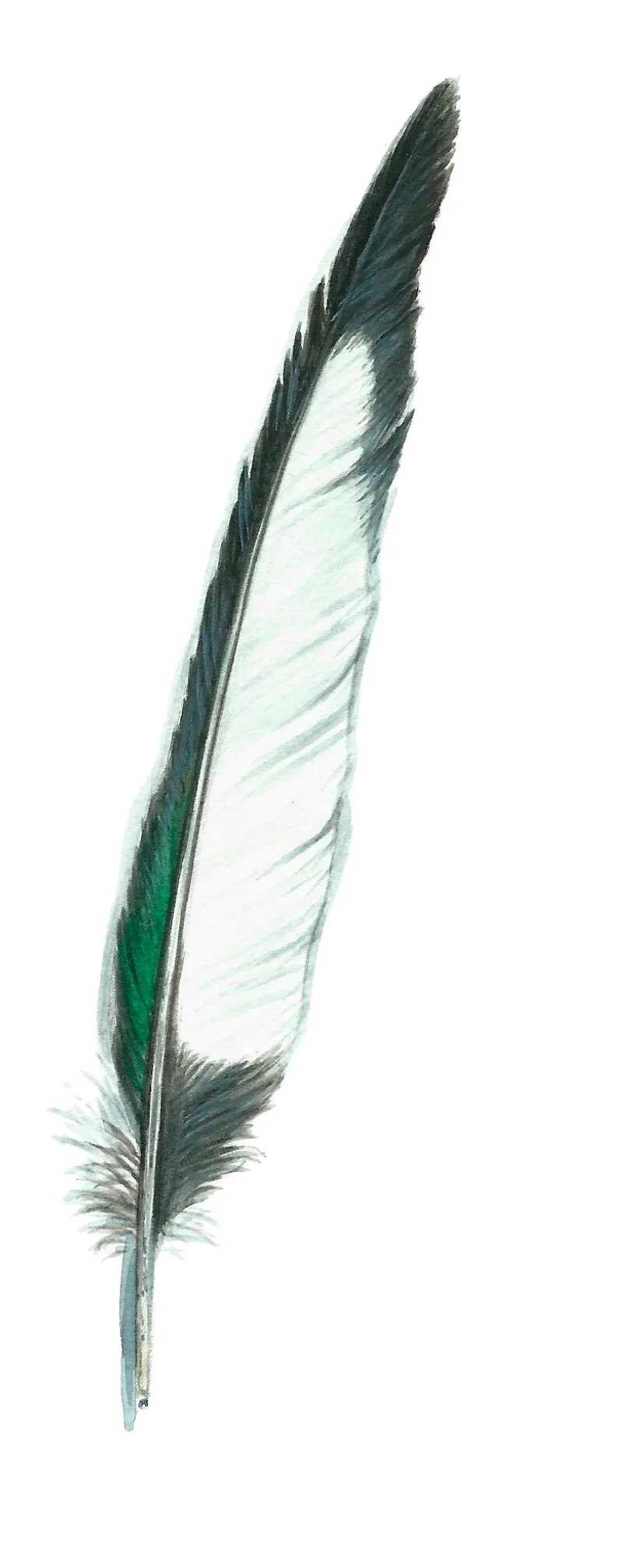
The classic magpie feather is long and narrow, with blue or green iridescence to the dark areas and variable amounts of white. These are the primaries.
The scientific name of the magpie, Pica pica, is an example of a tautonym, where the genus and specific name are the same.
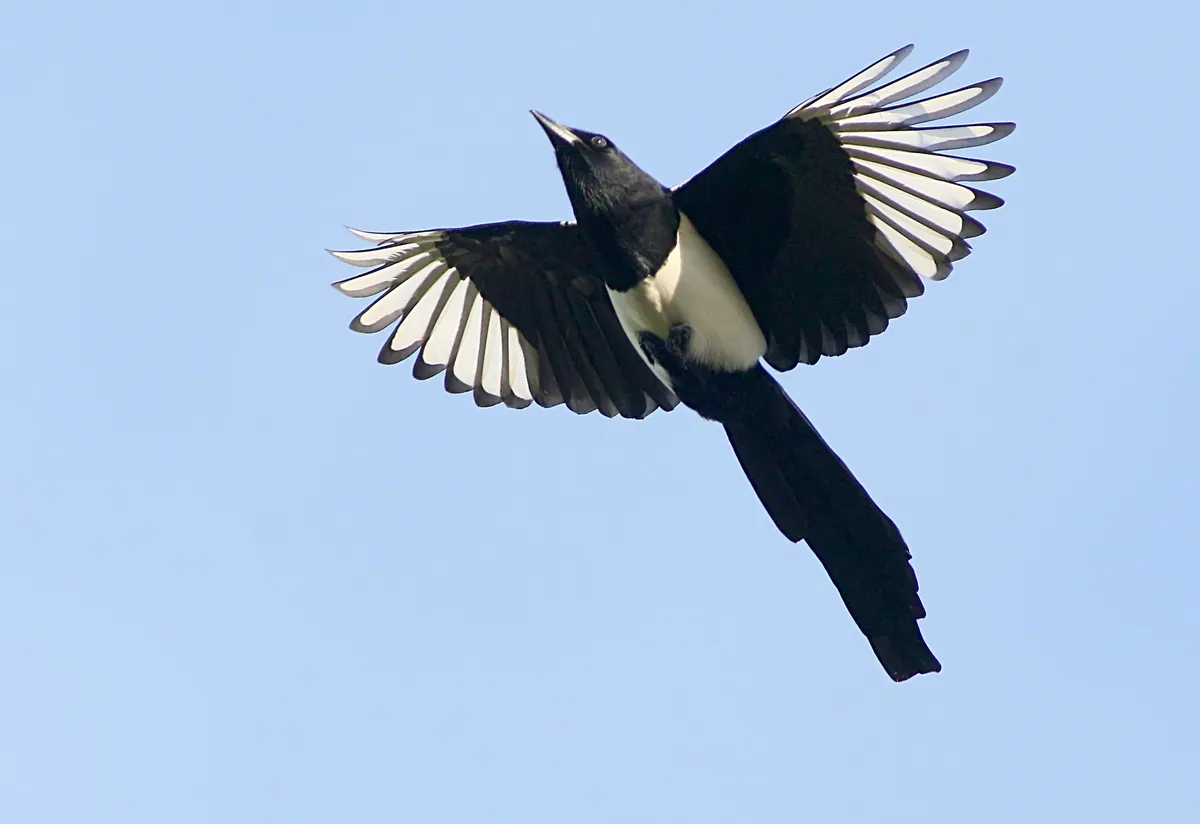
Woodpigeon feather (Columba palumbus)
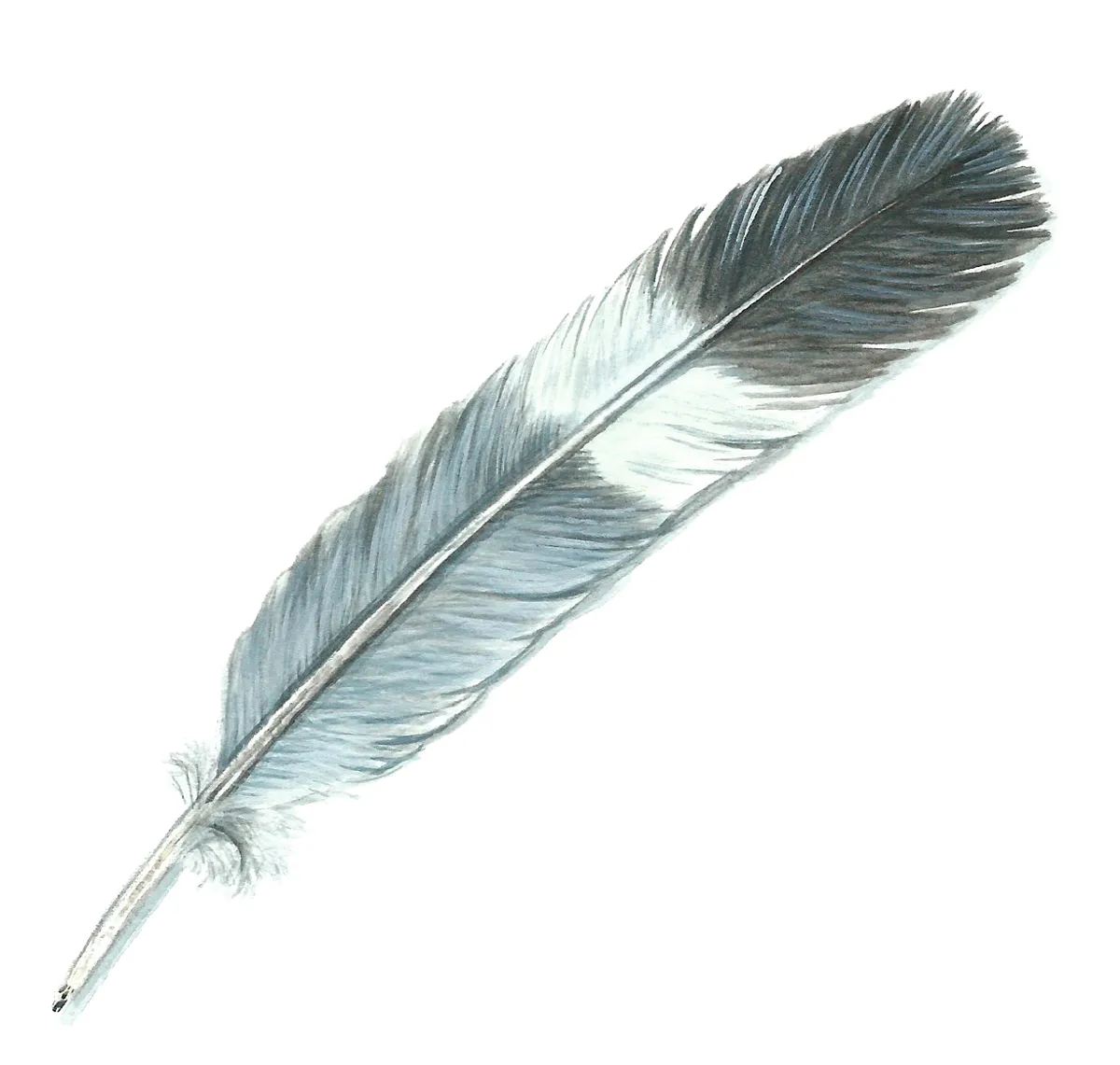
Woodpigeon tail feathers are long and rectangular with a broad, rounded end. Tip black, centre pale grey and base dark grey.
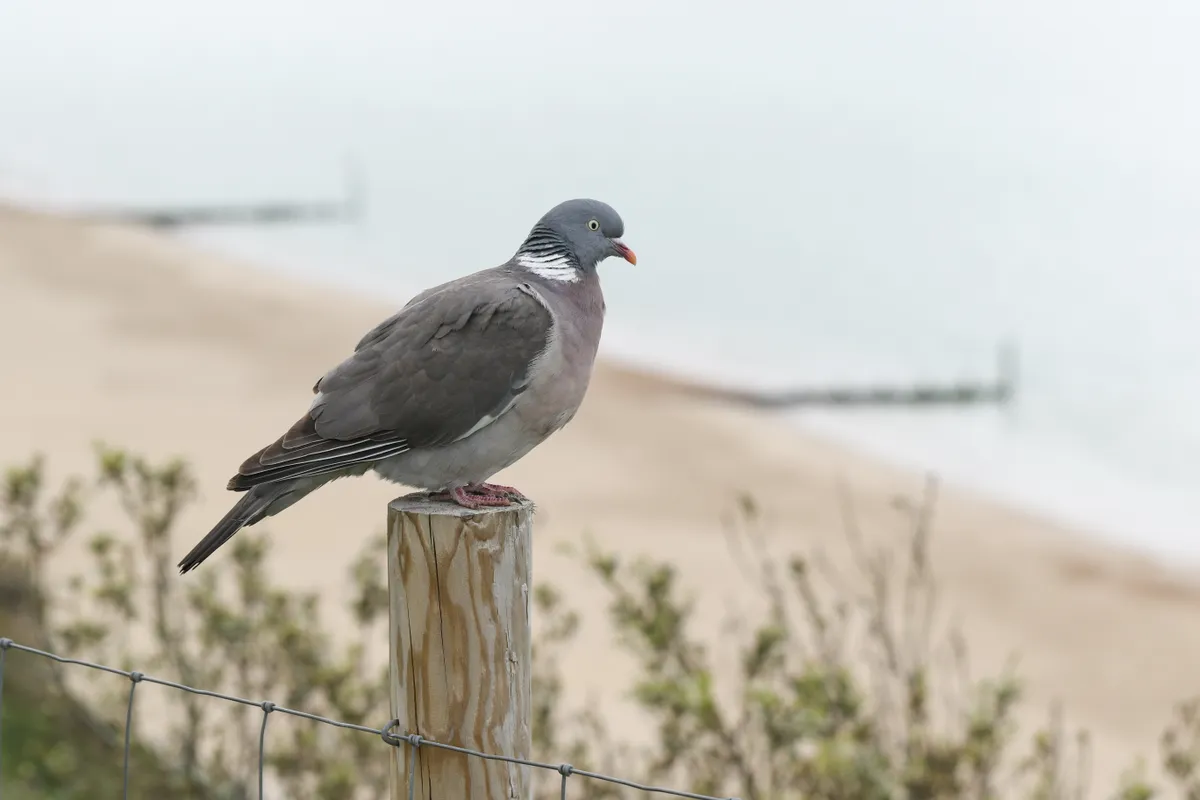
Goldfinch feather (Carduelis carduelis)
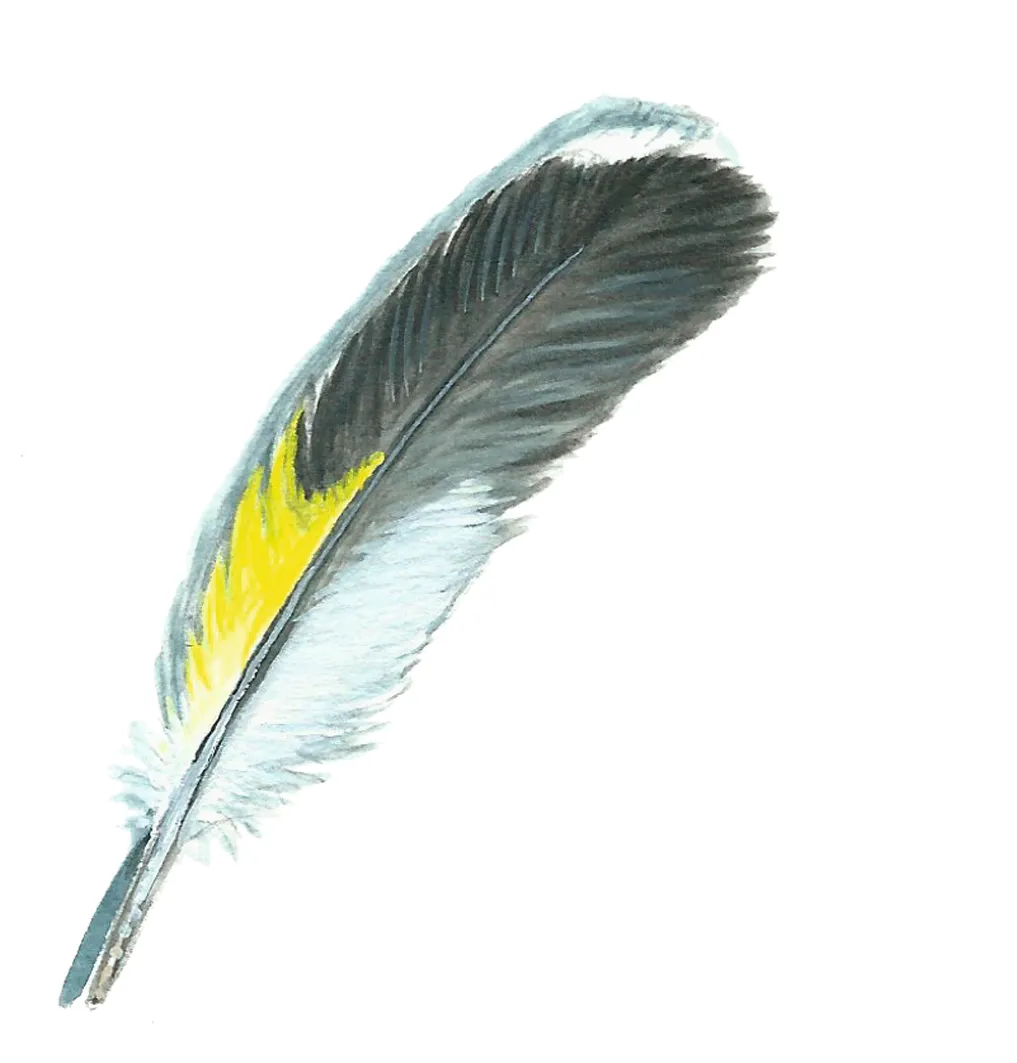
Goldfinch feathers show part of the yellow wing-bar on the secondary feathers, a white base and a white tip forming the wing’s white trailing edge.
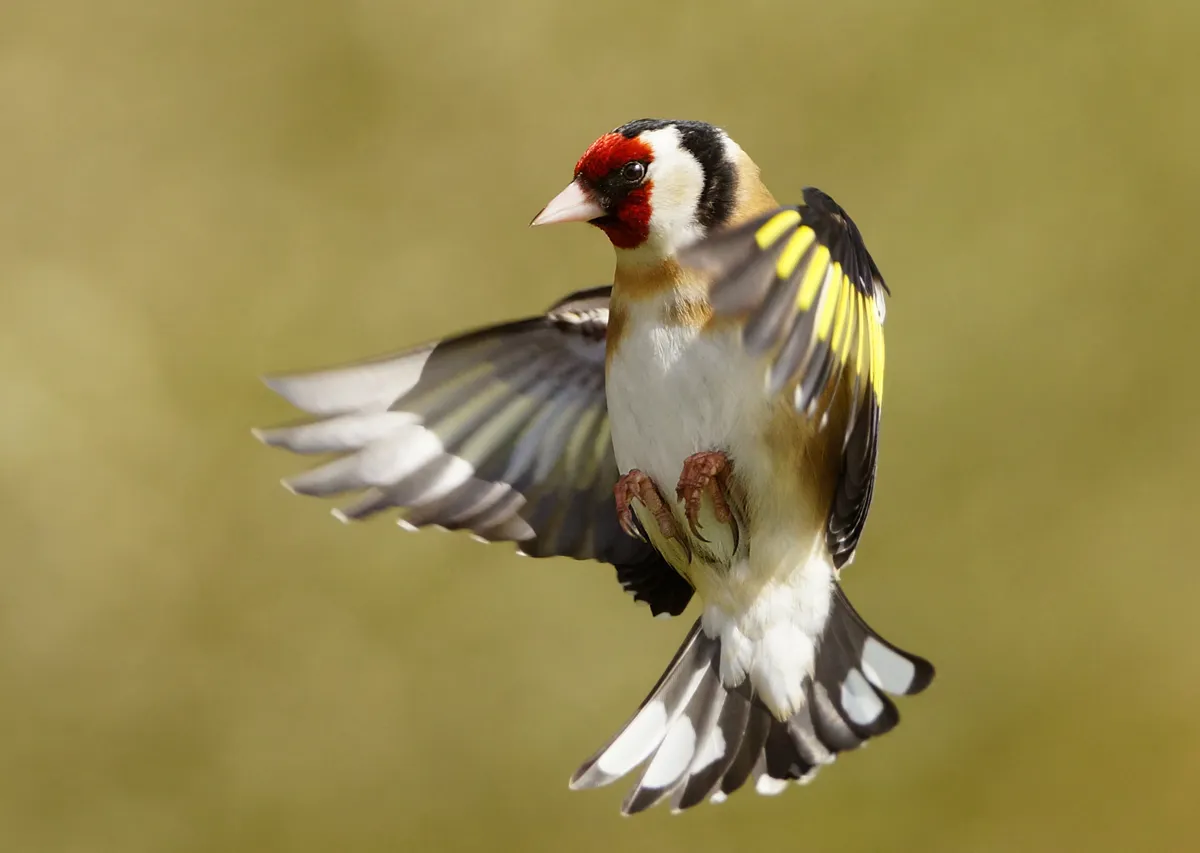
The scientific name of the goldfinch, Carduelis carduelis, is an example of a tautonym, where the genus and specific name are the same.
Pheasant feather (Phasianus colchicus)
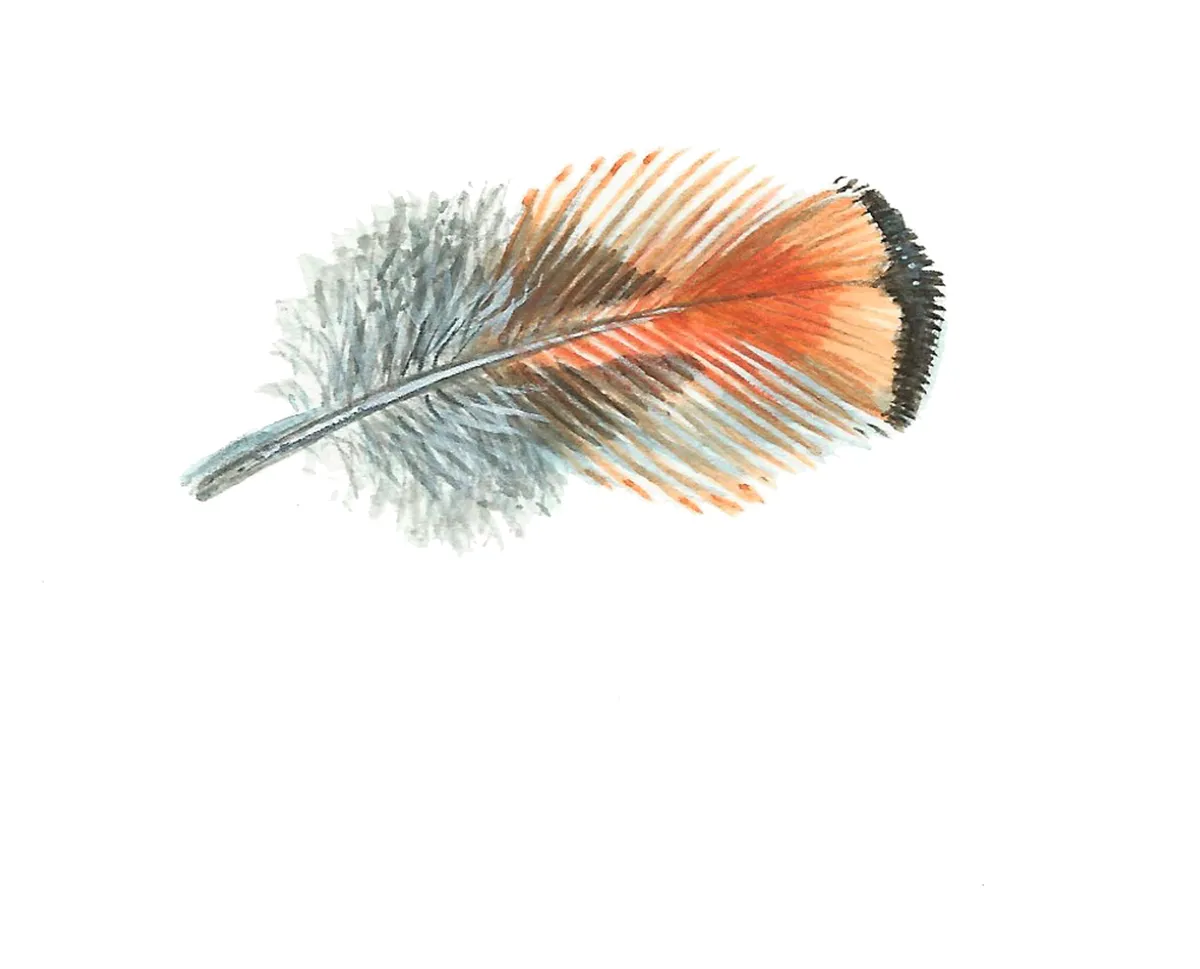
A pheasant's breast feather is orange with a black tip and brown base. It's particularly easy to ID when seen with other pheasant feathers on roadkill.
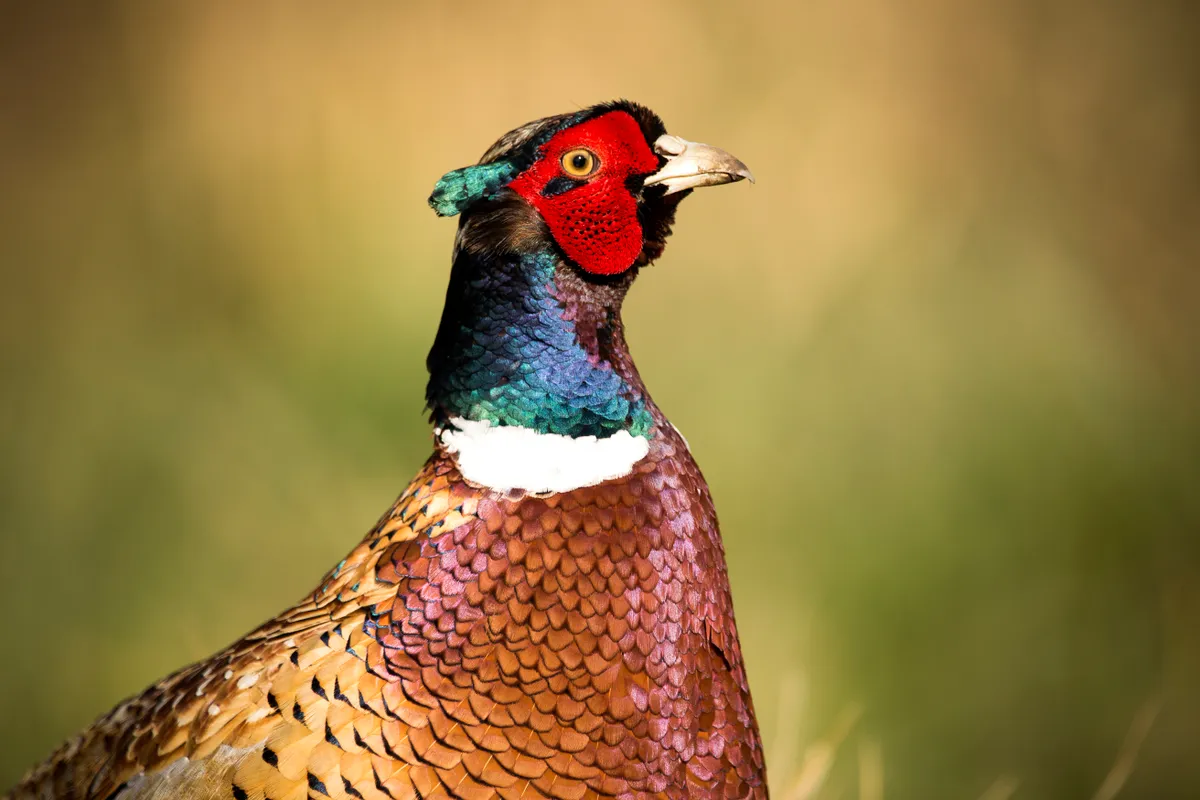
Great spotted woodpecker feather (Dendrocopos major)
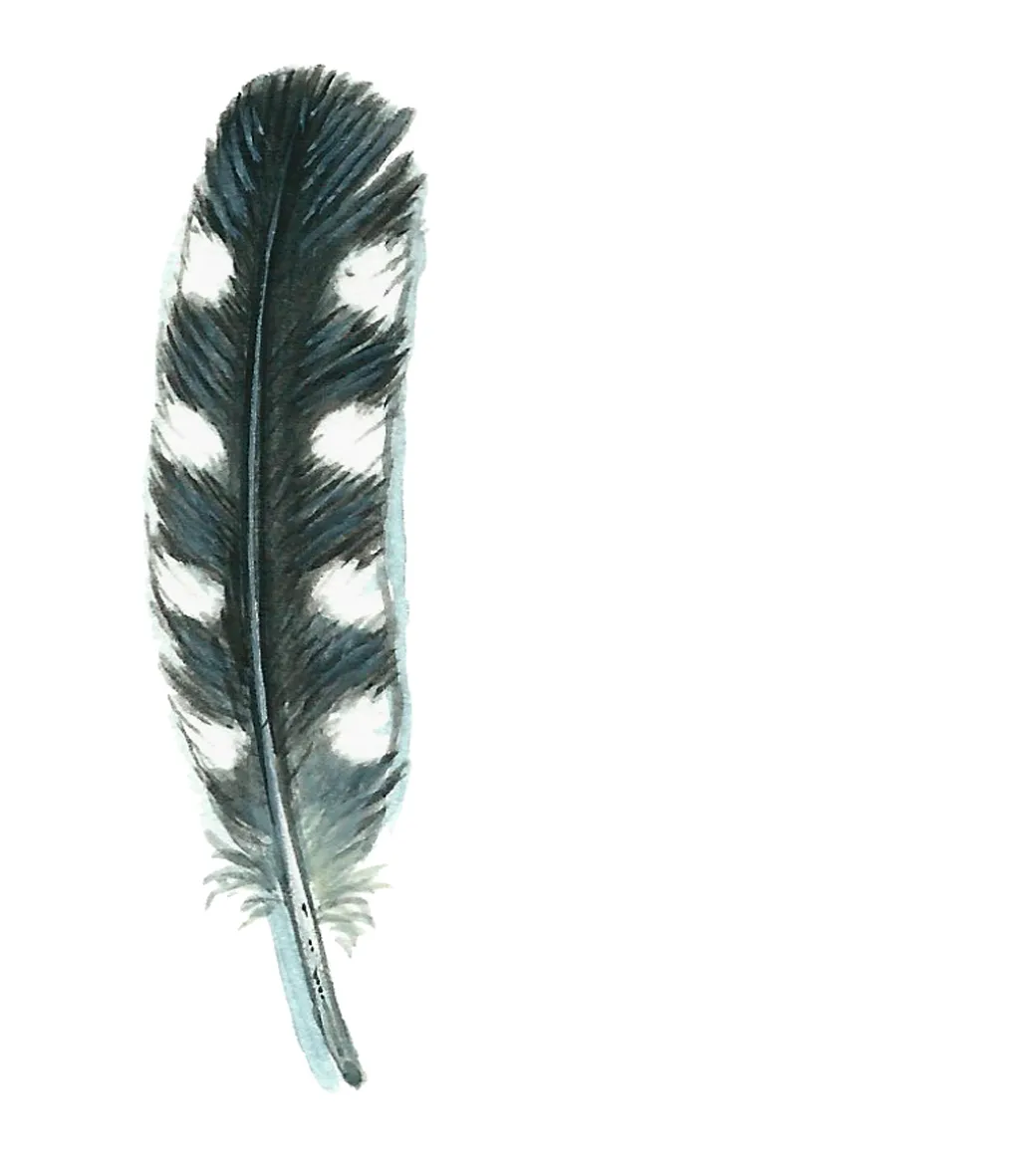
Great spotted woodpecker feathers (both primaries and secondaries) are black with large white spots to the edges.
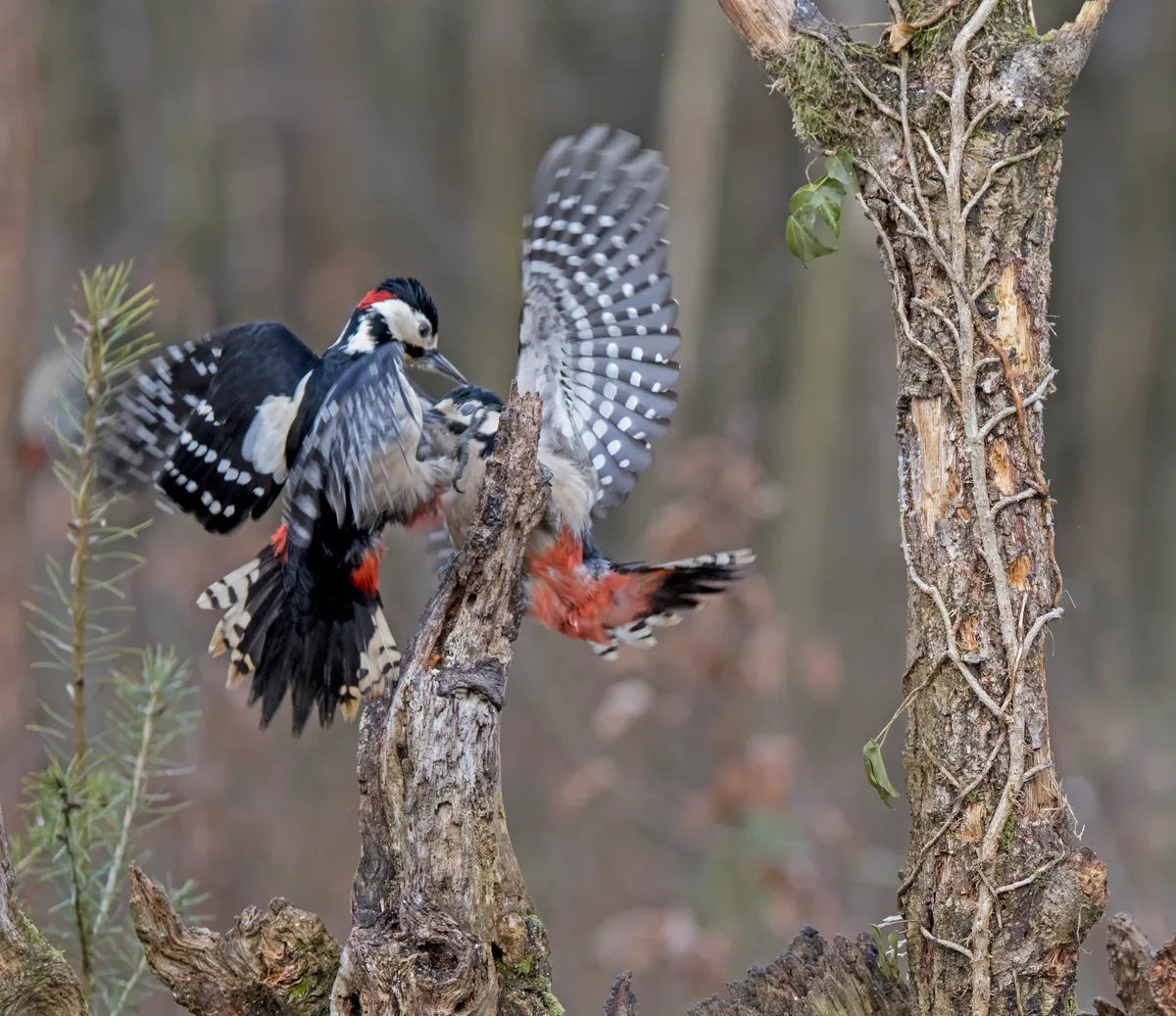
Green woodpecker feather (Picus viridis)
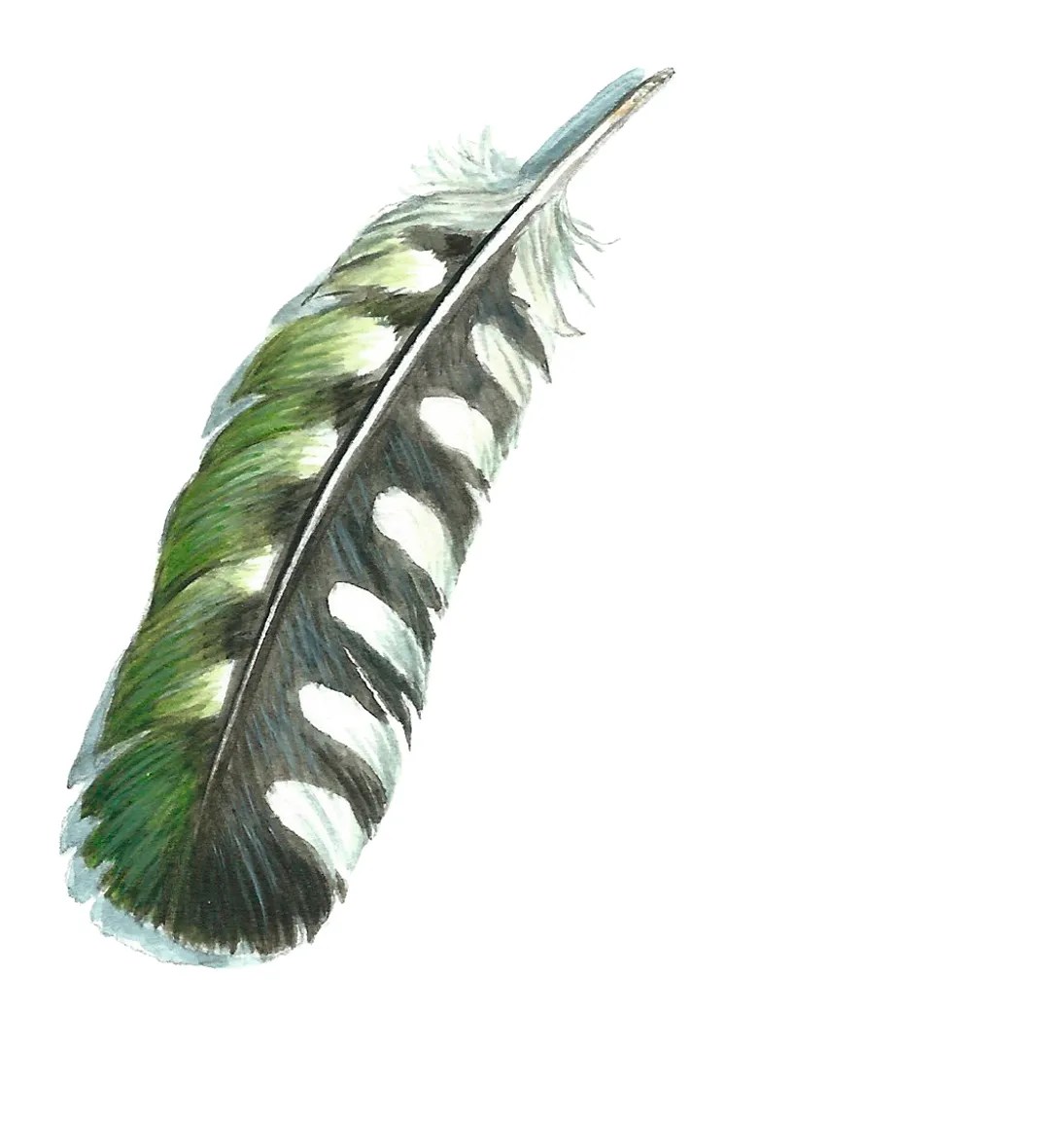
Green woodpecker secondary feathers have a ladder pattern with moss green bars on one side of the shaft and white bars on the other.
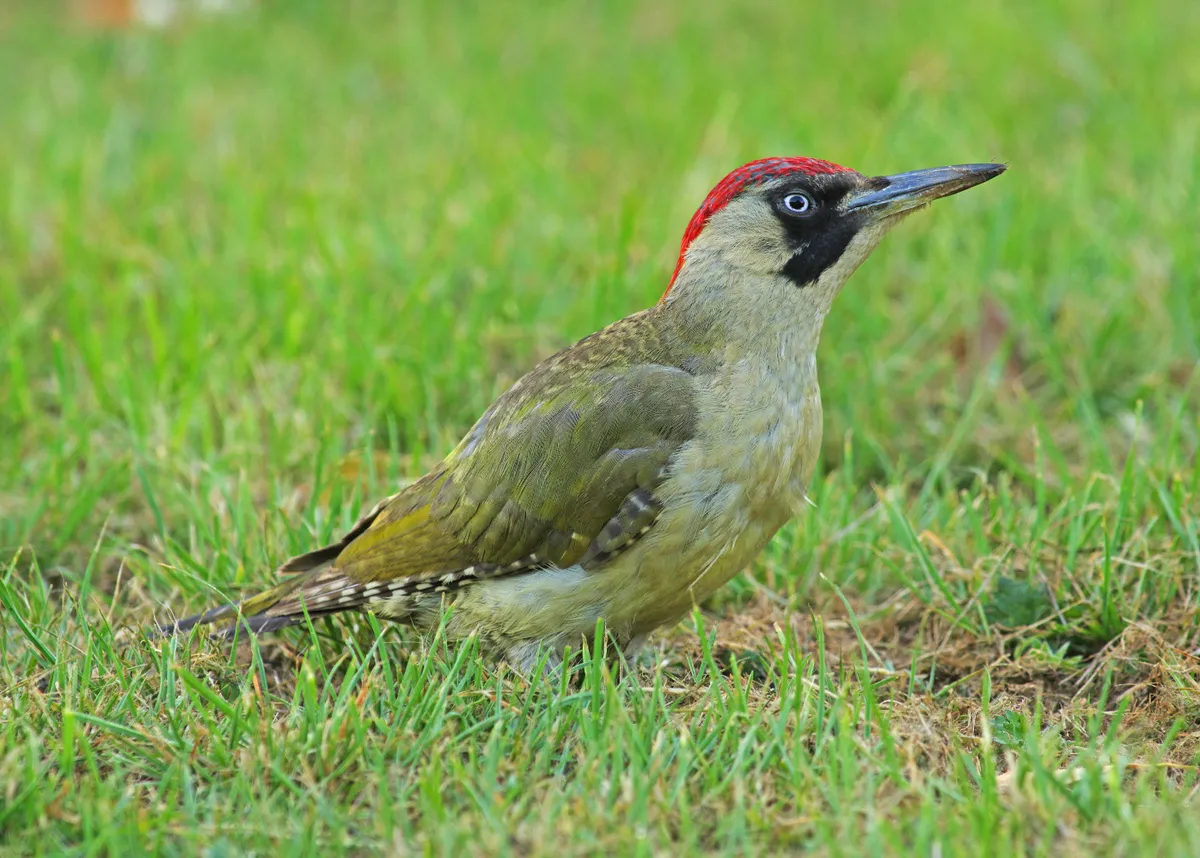
Jay feather (Garrulus glandarius)
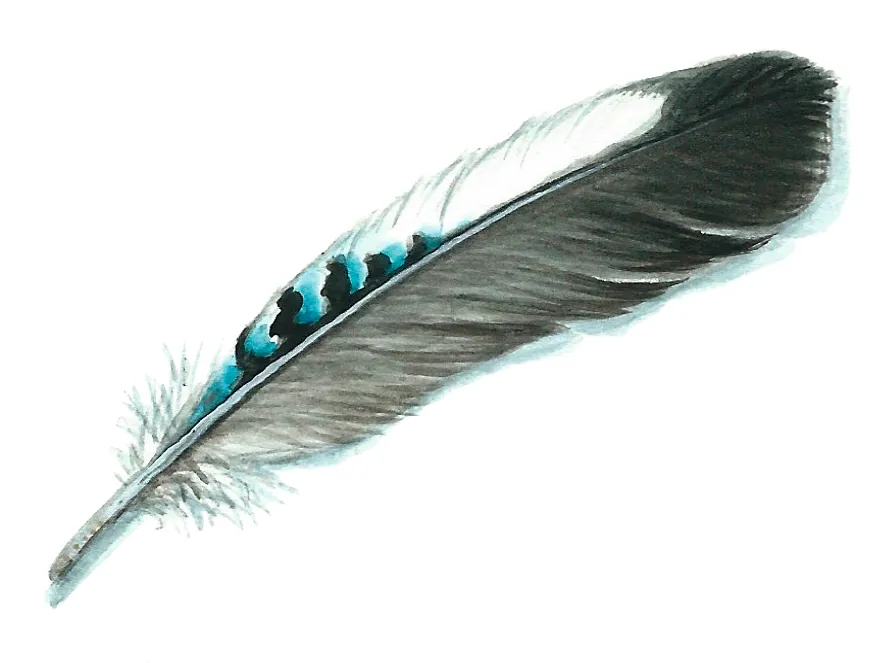
Jay feathers feature unique sky-blue barring on one side of the shaft of secondaries and on the primary coverts.
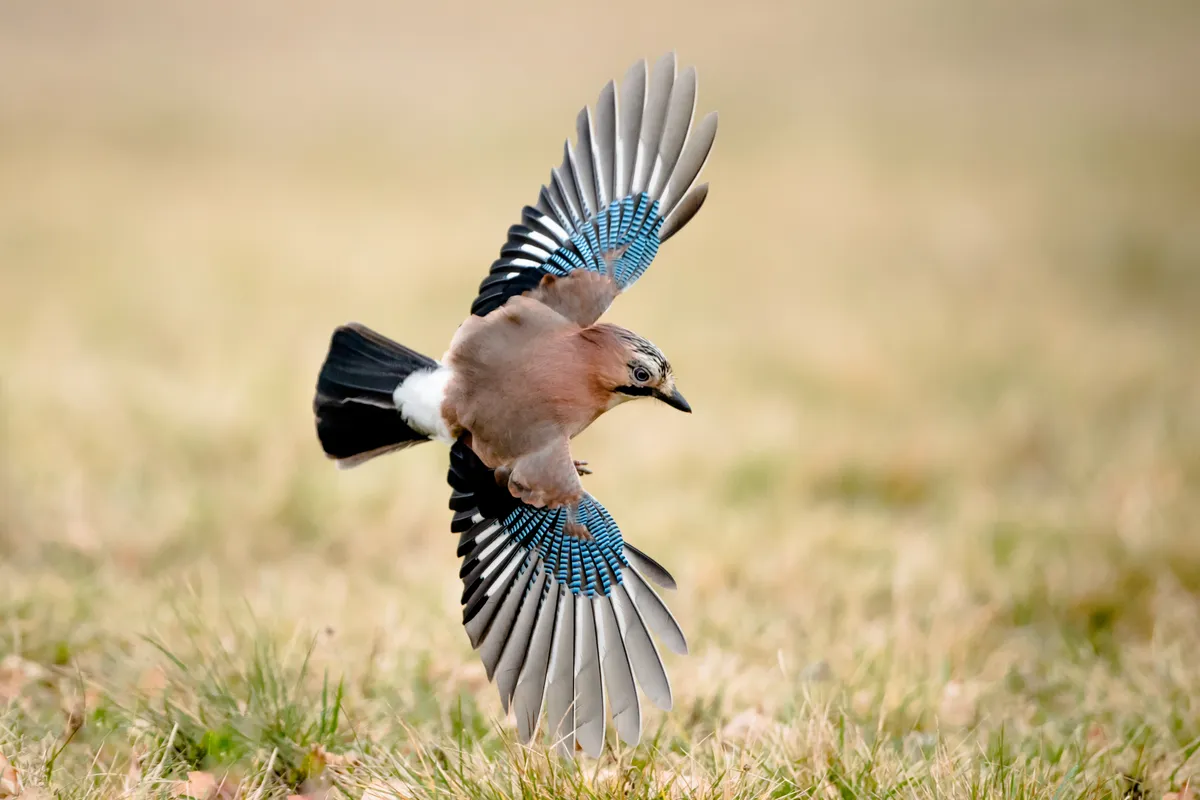
Mallard feather (Anas platyrhynchos)
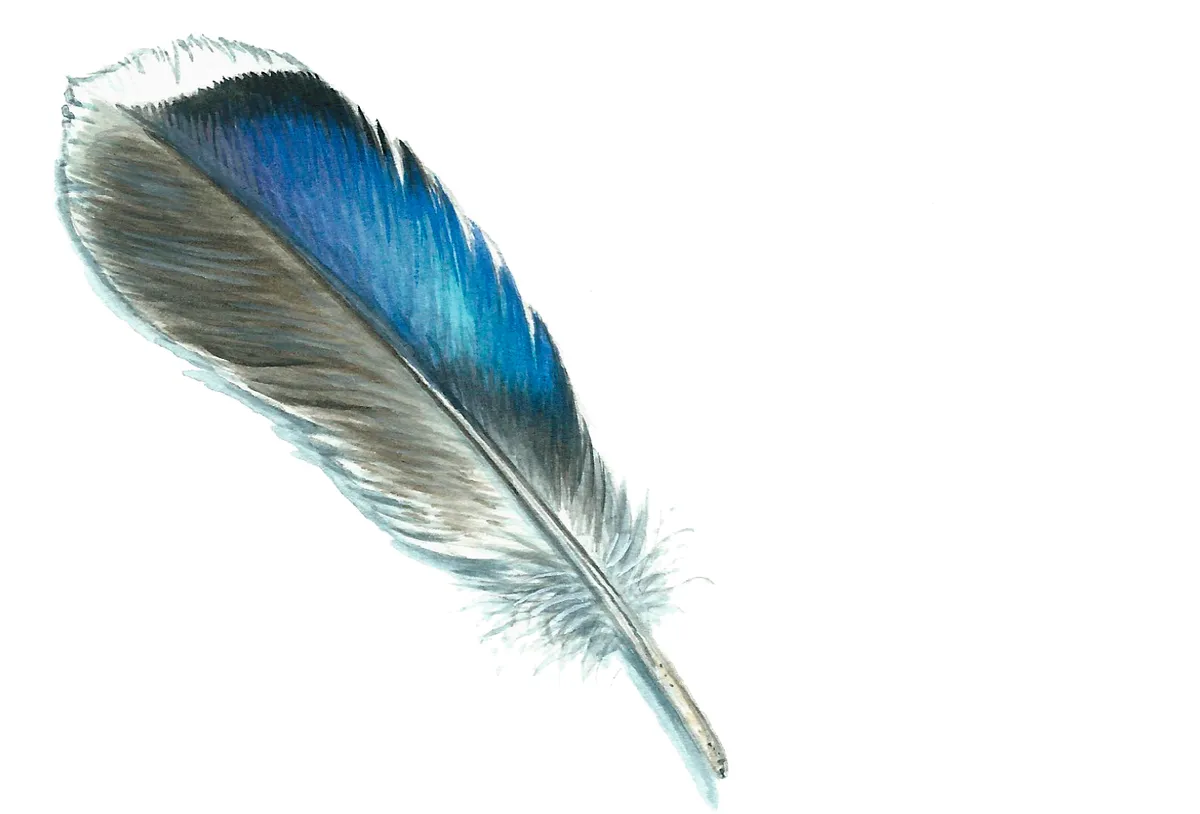
The male mallard’s feathers from the speculum (the bright patch in the wings of most dabbling ducks) are partly purple or blue-green.
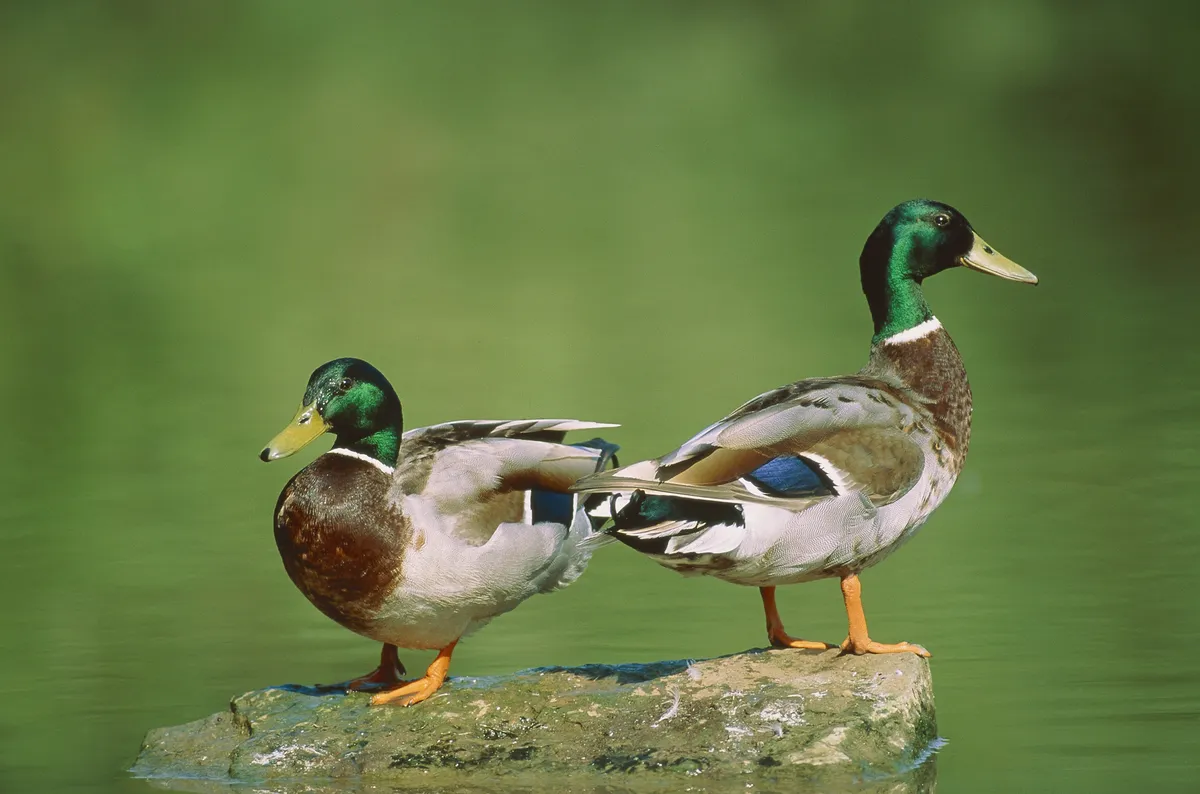
Woodcock feather (Scolopax rusticola)
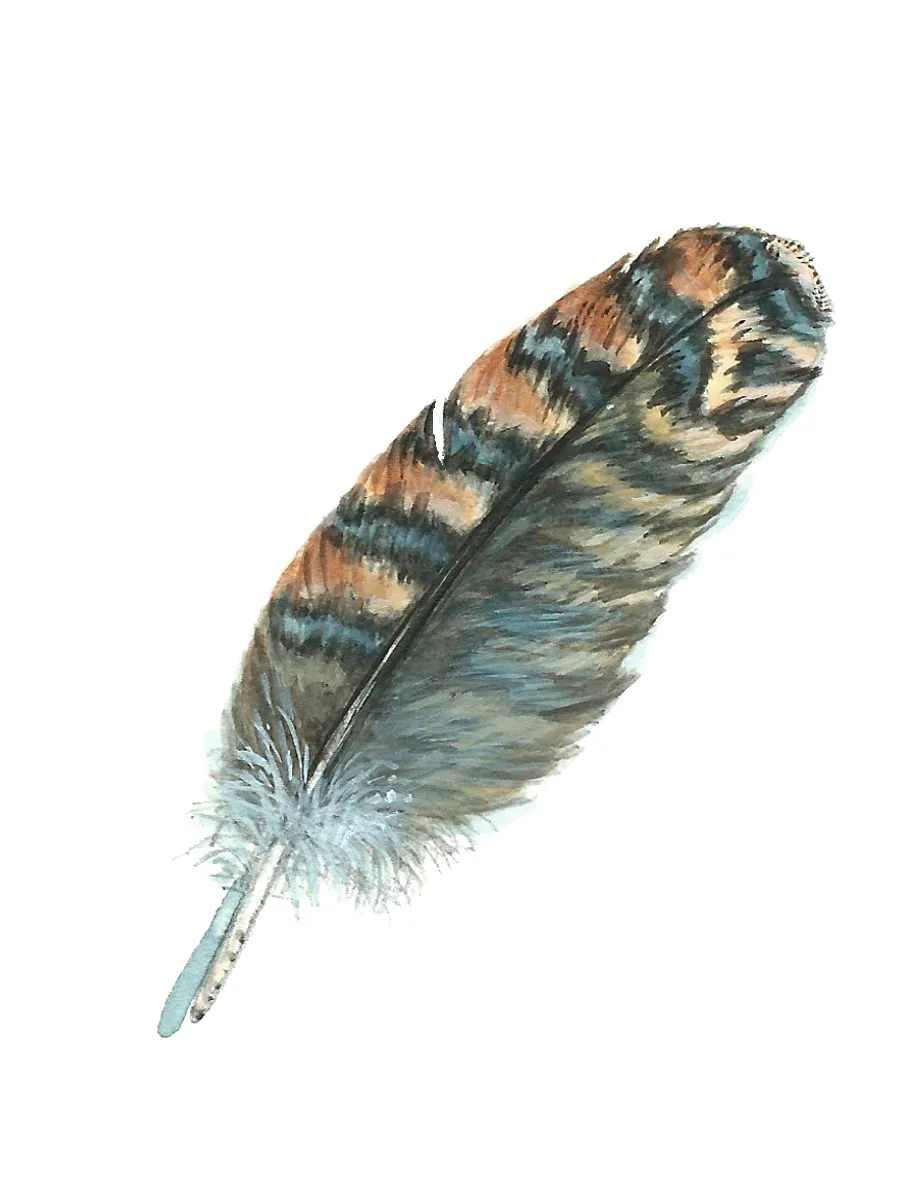
Secondary woodcock feathers are strongly barred with a rufous ‘shark’s tooth’ pattern. They're similar to pheasant feathers, but the bars are incomplete.
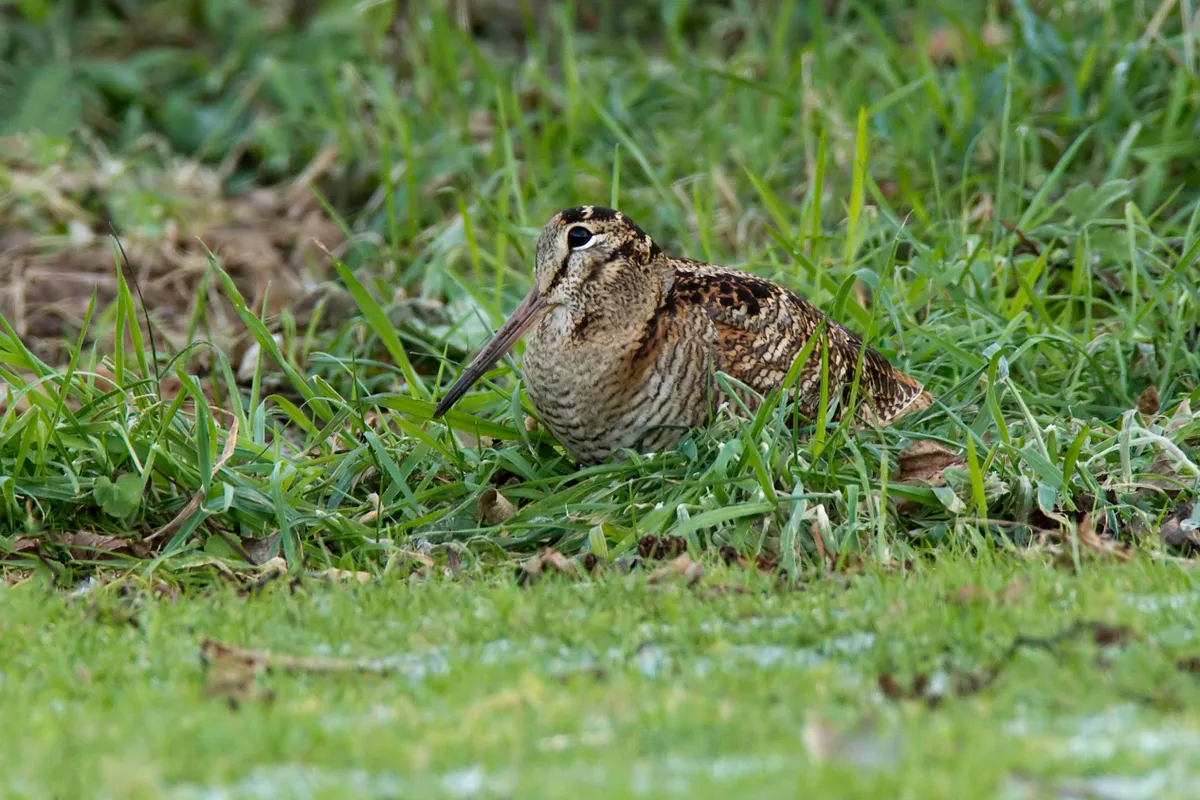
Red-legged partridge feather (Alectoris rufa)
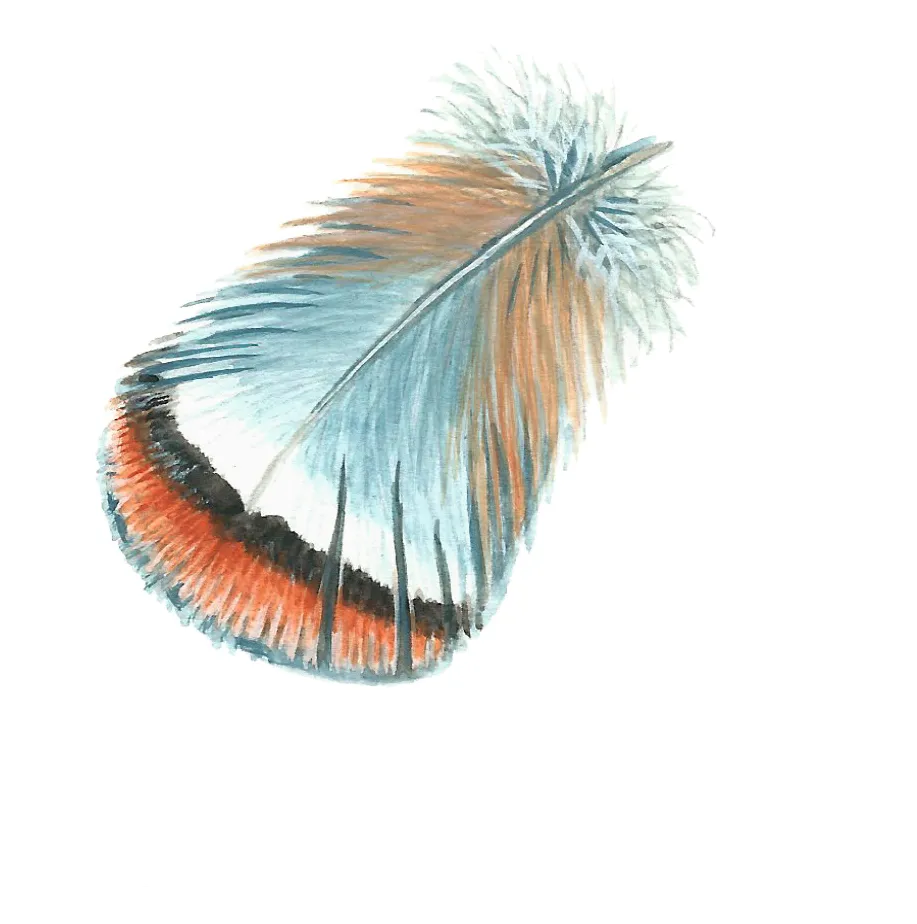
Red-legged partridge feathers from the flank have a ginger tip above a white-bordered black band; it forms the ‘tiger stripes’ on the living bird.
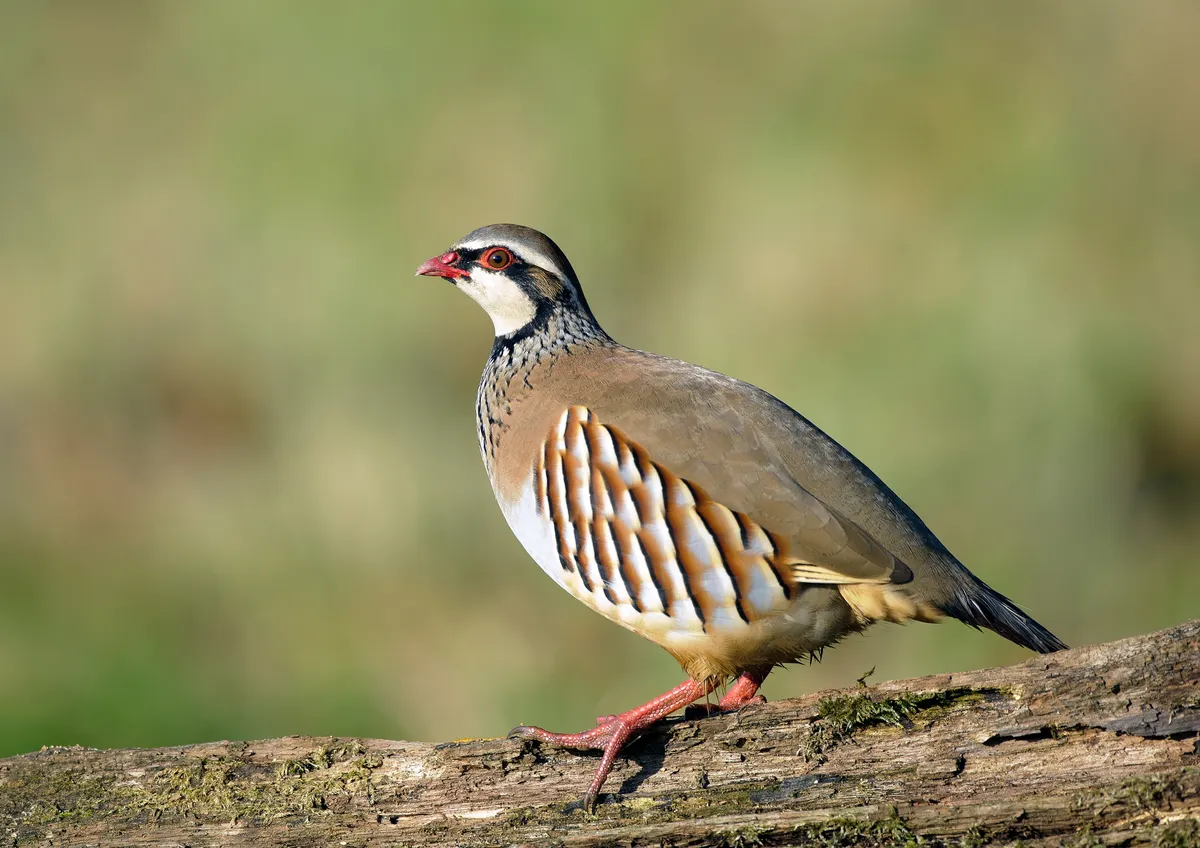
Tawny owl feather (Strix aluco)
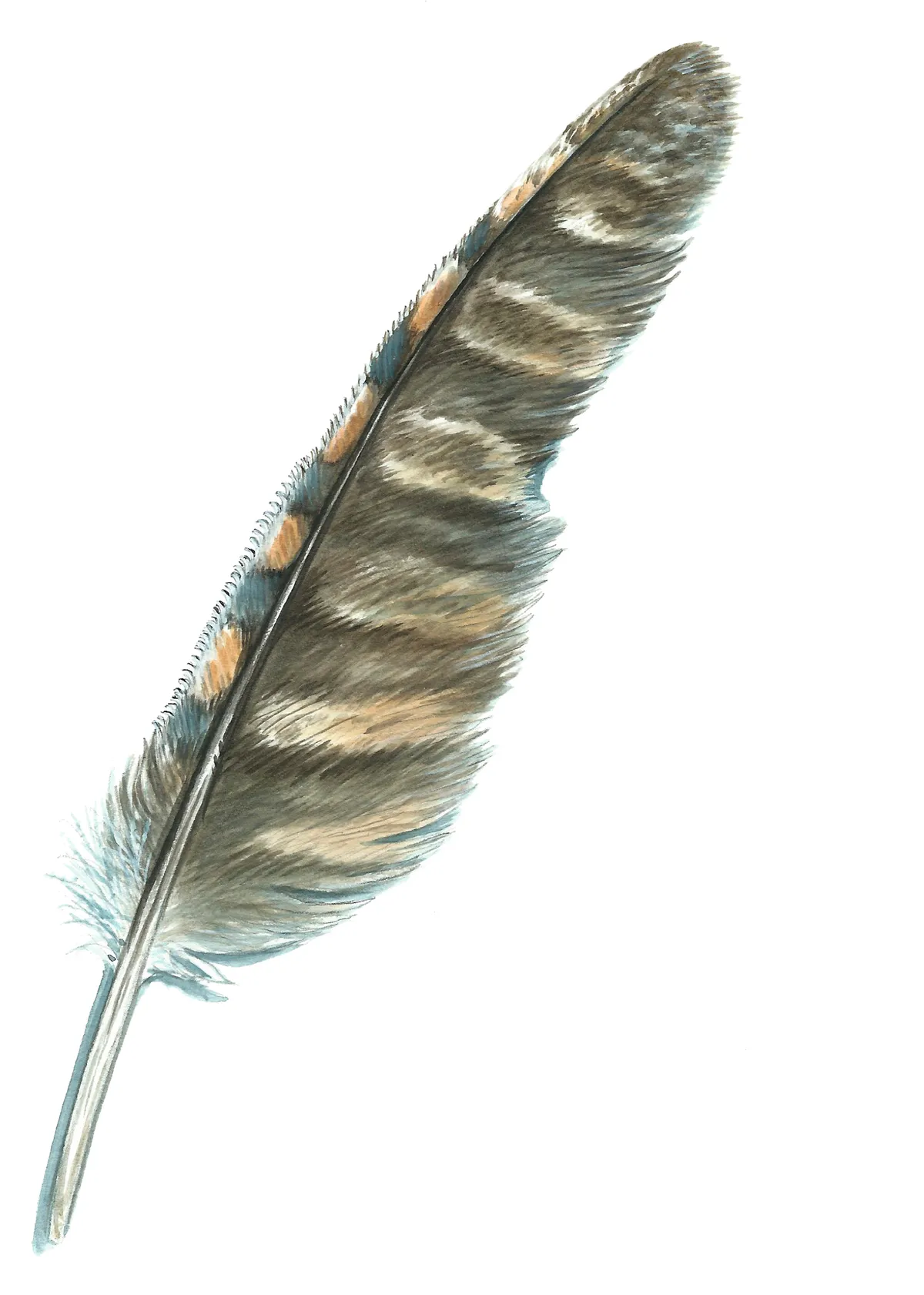
Primary tawny owl feathers are reddish-brown or brown with dark bands; as in all owls, edges are softly fringed for silent flight.
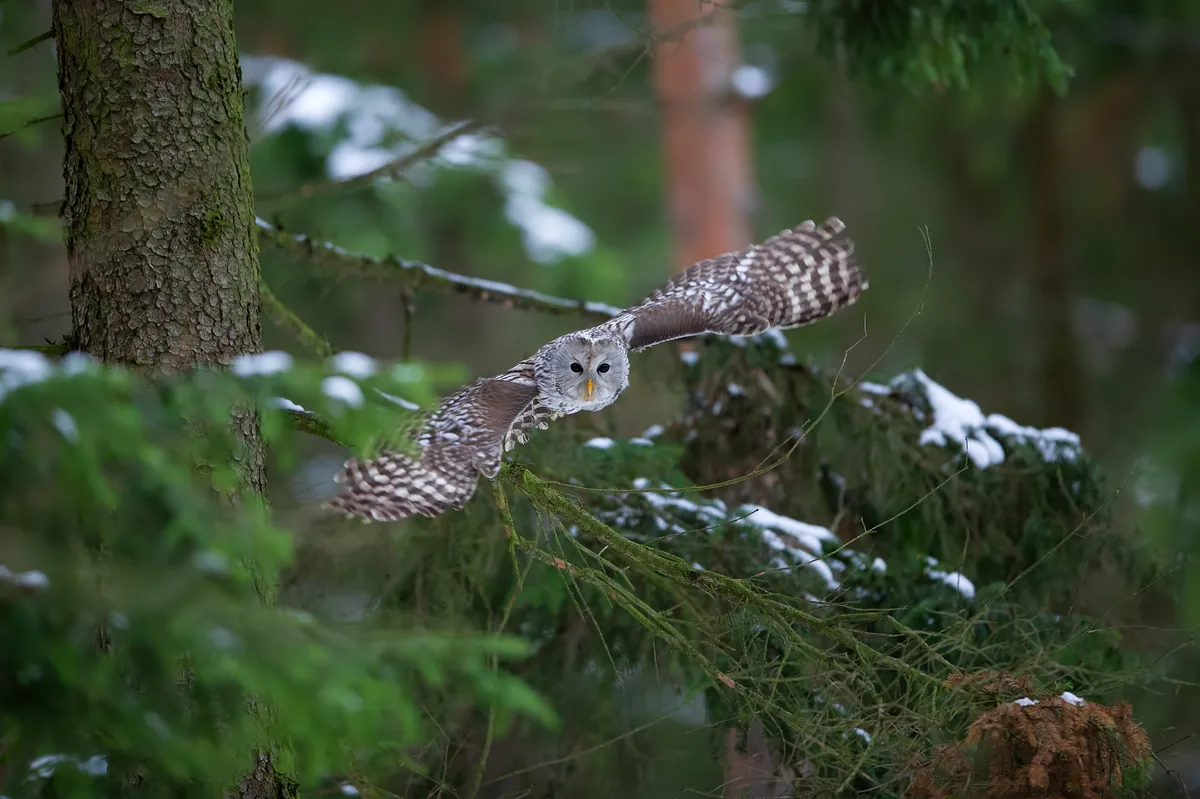
Buzzard feather (Buteo buteo)
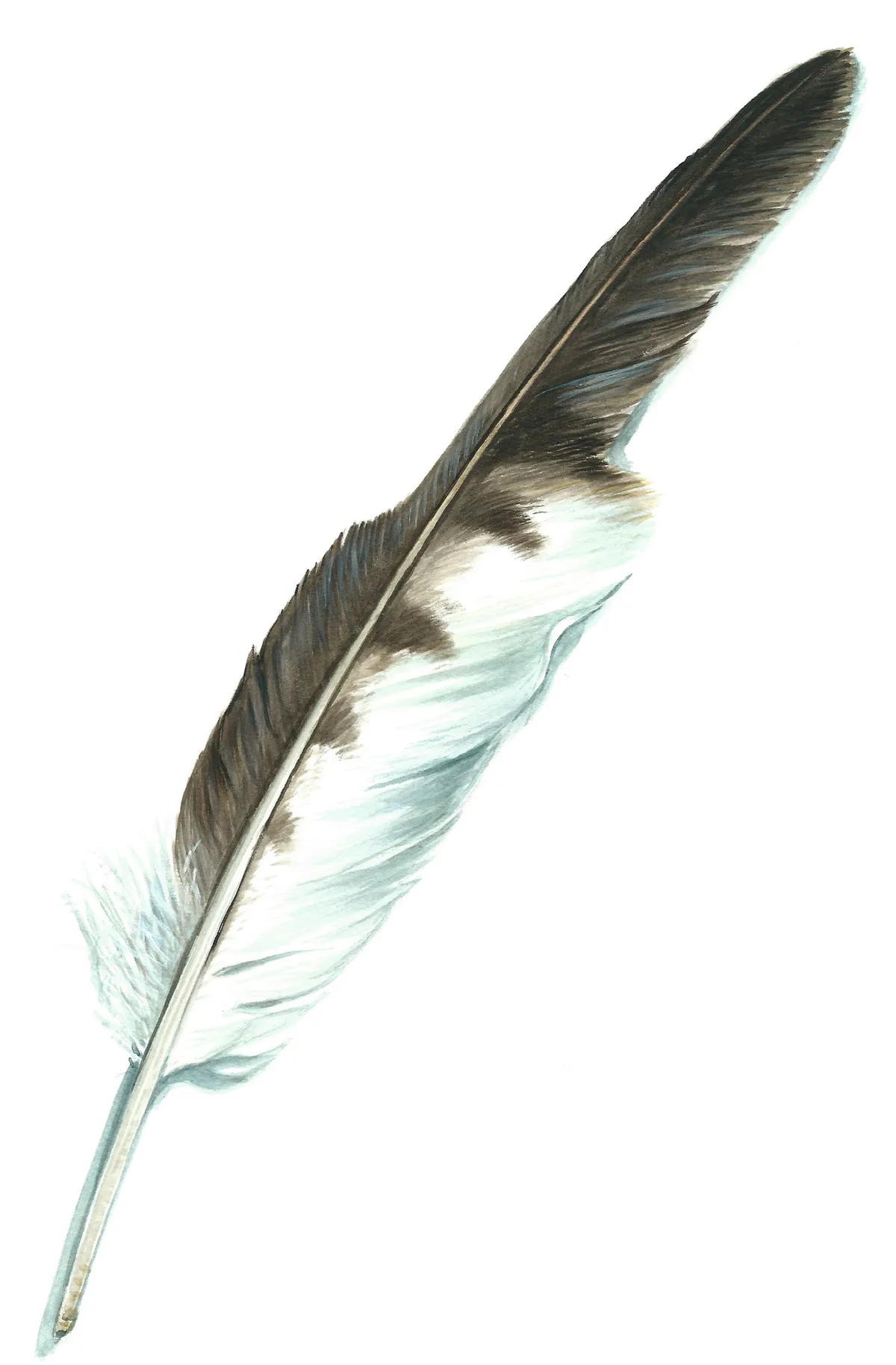
A buzzard's primary feathers are dark-ended with dark barring; the feather base is largely pale with a grey-brown wash on the upper half.
The scientific name of the buzzard, Buteo buteo, is an example of a tautonym, where the genus and specific name are the same.
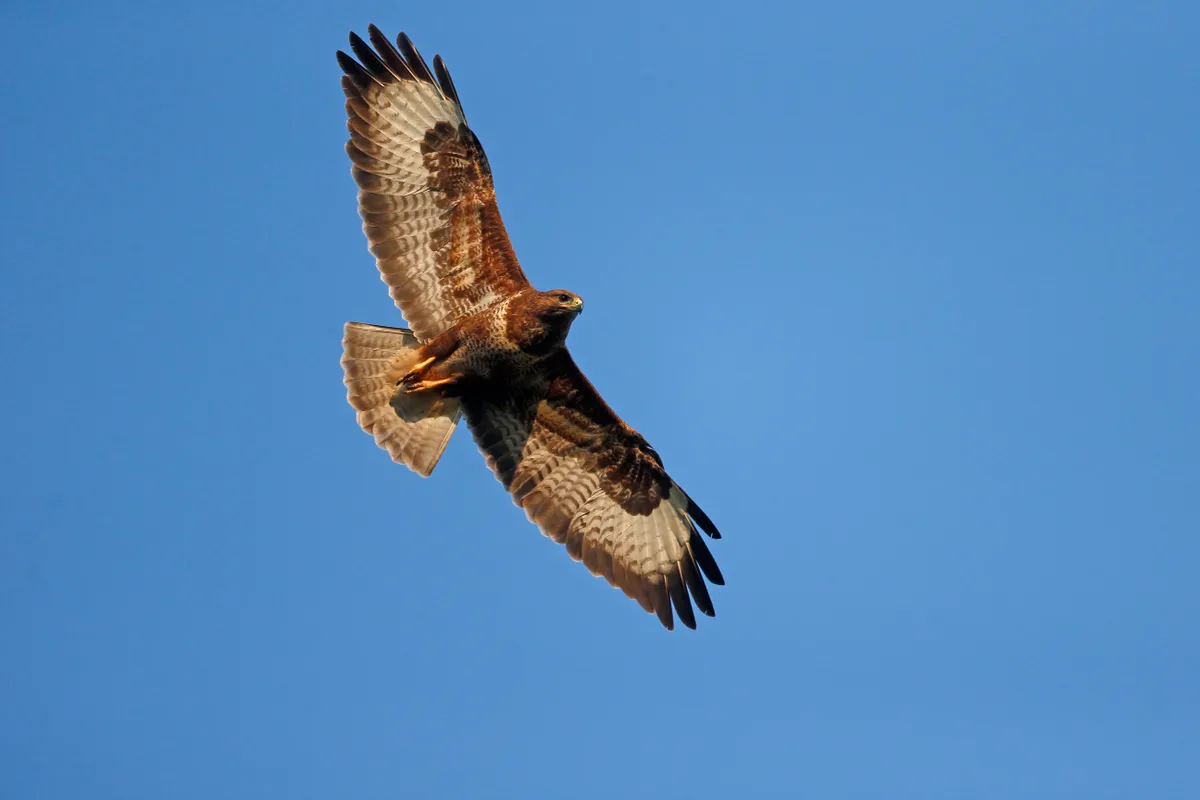
Main image: A jay's feather. © AlesVeluscek/Getty